Dewatering Screens | Why & How To Choose Dewatering Screens
Dewatering screens are mainly used for dewatering, desliming and medium removal. At primary, the dewatering screens are basically developed for sand dewatering, and now they are applied to almost every industry, such as slime recovery in coal preparation plant, tailing dry discharge in beneficiation plant, etc.
Dewatering screens can “squeeze out” the moisture in the fine material, making it suitable for transportation. Generally, 85% of the moisture in the material can be removed through the dewatering screens. For example, sand, gravel, crushed stone, frac sand, industrial sand, mineral sand, coal, iron ore and other granular materials.
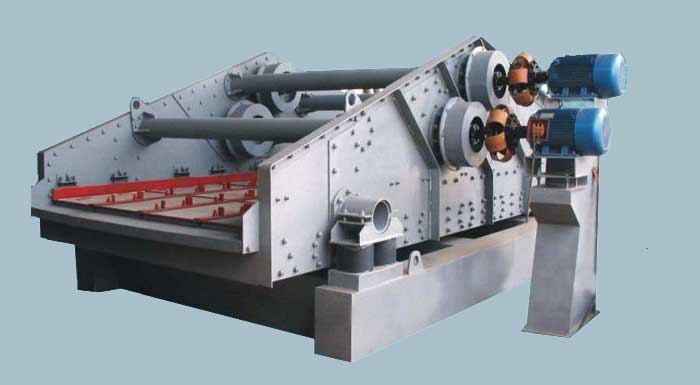
How Dewatering Screens Work
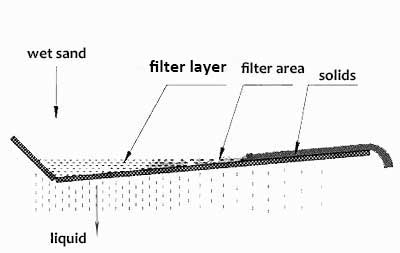
In order to achieve efficient dewatering effect, the dewatering screens are usually designed to have a certain angle of inclination with the horizontal direction(<5°).
Working Principle: When working, slurry is sent onto the steep and delcined screen panels. The counter rotating vibrating motor (or exciter) moves linearly in a certain angle with the screen surface, and the solid in the mud moves upward and forward. In the process of vibration, the water and solid are separated, and the solid is discharged through the outlet of the screen plate, and the water enters the water tank through the screen meshes.
When the solid accumulates on the upward inclined screen panels, a deep bed is created between the uphill screen and discharge weir, which forms a filter layer. As a filter medium, the filter layer allows small particles to be retained and the water to pass through the screen holes.
Dewatering Screens Popular Application

Aggregate
Glass
Mining
Recovery
Agriculture
Coal
Why & How to Choose Right Dewatering Screens
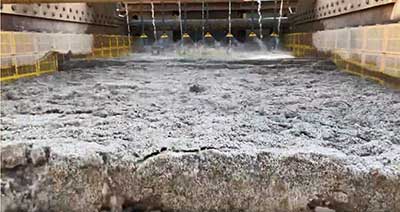
At present, dewatering screen has become the most economical equipment in the market to remove water from sand. Compared with other dewatering equipment of equal capacity, the total power of the dewatering screen is relatively low, and with fewer wearing parts.
Dewatering screen fit well for Wash Plant, Fines Recovery Plant and other sites where drier material and fine materials need to be captured. For dewatering screen medias can be adjusted to make sizing cuts, so that the dewatering screen can process fine aggregates from -4 to 400 mesh and achieves dry products with moisture content of 8-20%. But how to choose right dewatering screens?
1. According to Nature of Materials
The properties of materials are mainly from the aspects of solid-liquid morphology, particle size, humidity, viscosity, bulk specific gravity, etc. whether the materials have special properties, such as high temperature, corrosion, static electricity, etc., because different materials need to have dewatering screens that match the materials.
2. According to Screening Purpose
For coarse screening, straight-line dewatering screen can be selected; For fine screening, rotary dewatering screen or ultrasonic dewatering screen can be selected.
3. According to Treatment Capacity
Choose different types of dewatering screens depending on your requirements for material handling capacity.
4. According to Working Hours
Whether the dewatering screen works continuously for a long time or intermittently will also affect the model, material and technical parameters of the dewatering screen.
5. According to Working Environment
For example, it is wet, dry, dusty, or the environment has requirements for fire prevention and explosion-proof, which is related to the selection of dewatering screens.
The most simple way to get right dewatering screens is to talk with a professional engineers of dewatering screen manufacturer. They can direct you the best type of dewatering screen for your materials.






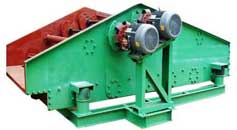 Become More Professional In Dewatering Screen
Become More Professional In Dewatering Screen Coal Dewatering Screen | Working Principle | Features
Coal Dewatering Screen | Working Principle | Features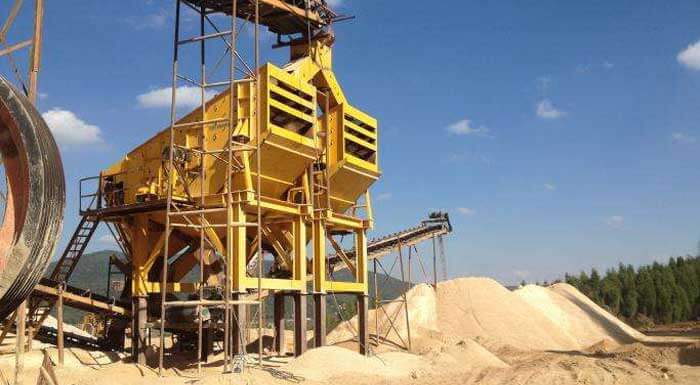 How To Improve Screening Efficiency Of Vibrating Screens
How To Improve Screening Efficiency Of Vibrating Screens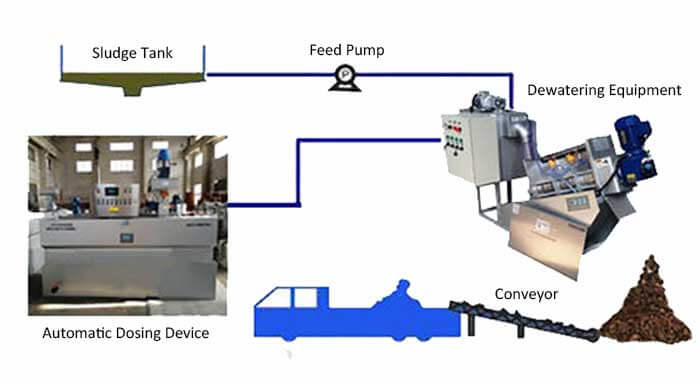 Dewatering Equipments for Mineral & Sludge
Dewatering Equipments for Mineral & Sludge



